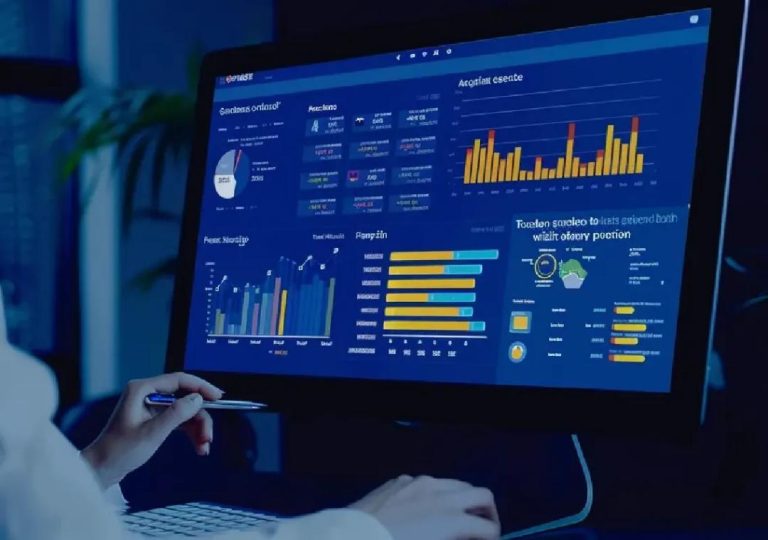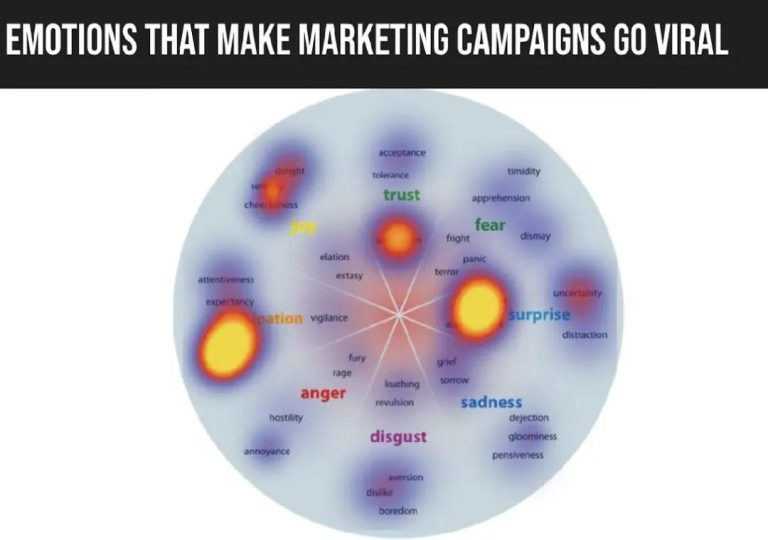
How Big Will Quick Commerce Get by 2029?
The rise of quick commerce, also known as hyperlocal commerce, has been a game-changer in the e-commerce landscape. This model, which prioritizes speedy delivery times of 15-30 minutes, has reshaped consumer expectations toward immediacy. As logistics and technology continue to advance, quick commerce is expanding beyond groceries into new categories, such as electronics and personal care. But just how big will this industry become by 2029?
According to a report by Growth Jockey, the global quick commerce market is projected to reach a staggering $265.7 billion by 2029, with India expected to cross $9.95 billion (1). This represents a significant growth opportunity for businesses and investors alike, as consumers increasingly demand fast and convenient commerce experiences.
What Exactly is Quick Commerce?
Quick commerce, also referred to as hyperlocal commerce, is a type of e-commerce that focuses on delivering products to customers in a very short time frame – typically between 15 and 30 minutes. This model differs from traditional e-commerce, which can take several days or even weeks to deliver products. Quick commerce emphasizes speed and convenience, leveraging advanced logistics and technology to achieve lightning-quick delivery times.
How Does Quick Commerce Work?
Quick commerce platforms typically operate by partnering with local stores or warehouses to offer a wide range of products to customers. When a customer places an order, the platform uses its network of stores or warehouses to fulfill the order and deliver it to the customer’s doorstep. This model allows for faster turnaround times and ensures that products are delivered fresh and in a timely manner.
Benefits of Quick Commerce
So, what’s driving the growth of quick commerce? There are several benefits to this model that have made it a hit with consumers and businesses alike.
- Convenience: Quick commerce offers an unparalleled level of convenience, allowing customers to order products at any time and receive them in a short span of 15-30 minutes.
- Speed: Quick commerce platforms prioritize speed, ensuring that products are delivered quickly and efficiently.
- Variety: By partnering with local stores or warehouses, quick commerce platforms can offer a wide range of products to customers, from groceries to electronics and personal care.
- Cost-Effective: Quick commerce platforms can be more cost-effective than traditional e-commerce models, as they eliminate the need for long-distance transportation and reduce logistics costs.
Growth Trends in Quick Commerce
As the quick commerce industry continues to grow, several trends are emerging that will shape its future.
- Expanded Product Categories: Beyond groceries and daily essentials, quick commerce platforms are expanding into new categories, such as electronics, personal care, and even food delivery.
- Advances in Logistics: Advances in logistics and transportation technology, such as self-driving vehicles and drones, will continue to enable faster and more efficient delivery times.
- Increased Online Shopping: As online shopping becomes increasingly popular, more consumers will turn to quick commerce platforms for their daily shopping needs.
- Growing Importance of Data Analytics: As quick commerce platforms grow, data analytics will become increasingly important to optimize delivery times, track orders, and enhance the overall customer experience.
Conclusion
As the quick commerce industry continues to grow and expand, it’s clear that this model is here to stay. With its focus on speed, convenience, and variety, quick commerce is poised to revolutionize the way we shop. As logistics and technology continue to advance, we can expect to see even more exciting developments in this space. By 2029, the quick commerce market is projected to reach $265.7 billion globally, with India expected to cross $9.95 billion (1). Whether you’re a business or an investor, the growth of quick commerce presents a significant opportunity for growth and success.
Source:
https://www.growthjockey.com/blogs/quick-commerce-vs-e-commerce






